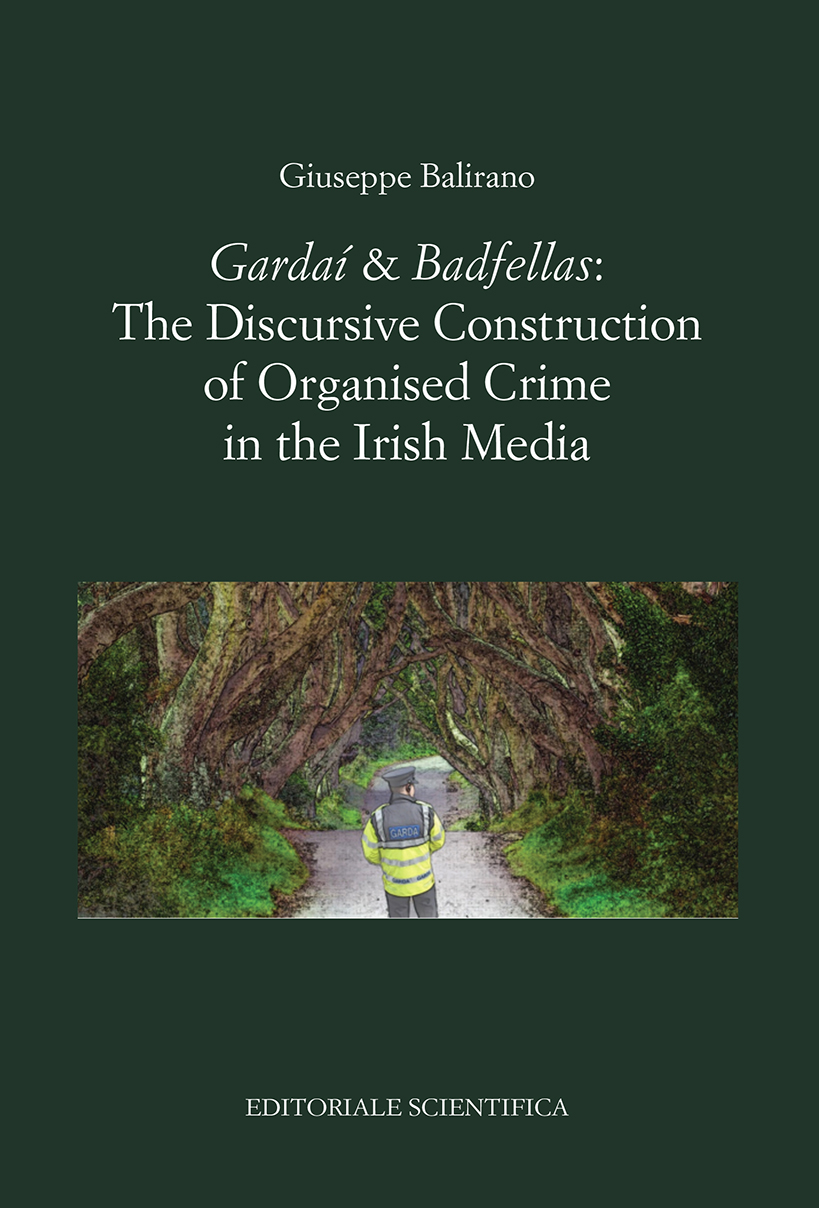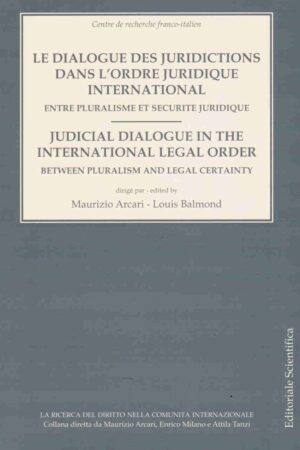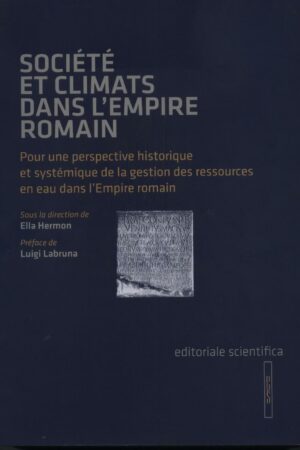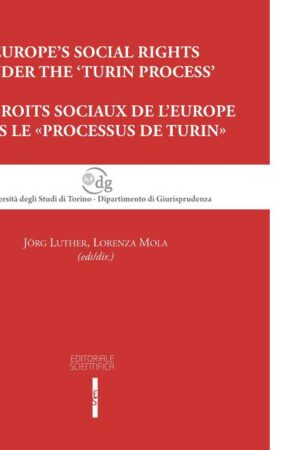Descrizione
The representation of the so-called ‘organised crime syndicate’ in the various Irish media outlets has been the subject of intense debate amongst numerous scholars with an interest in media, crime and cultural studies. The perceived danger of this form of criminality has prompted significant policy and legislative action, and consequently, social change resulting in the creation of new agencies and processes. In particular, in the Republic of Ireland where people do not normally have any direct knowledge of globalised crime syndicates, media representations of crime may have important implications for the public perception of both the ‘offenders’ and the ‘victims’ as the ‘active’ and ‘passive’ social actors involved in criminal deeds.
This book ambitiously aims to analyse linguistic and semiotic instantiations of both fictitious and actual constructions of the so-called ‘Irish organised crime syndicate’, as portrayed in the discursive representation of the most important Irish quality papers such as the Irish Independent and The Irish Times, and reinforced by other media outlets, such as TV and cinema productions. The discursive analysis of Irish organised crime may help laypersons understand its many slippery aspects, and allow them to participate in the debate about public attitudes regarding the prevention, effective punishment, reintegration of offenders, and national and international legal reforms capable of dealing with multi-faceted, transnational criminal activities.
In the light of these issues, this volume concerns Irish criminal organisations and the principal actors involved in crime, through the lens of different media genres where criminal actors and their public antagonists are discursively displayed. The leading research thread is twofold: on the one hand, it examines the multifaceted and evolving nature of Irish criminal actors and, on the other, and most centrally here, it unpacks the meaning-making processes that represent them in the different media. The latter objective is achieved by identifying and analysing the discursive strategies adopted by the Irish press to represent criminal actors. In order to do so, contrary to merely focusing on discourse surrounding criminal subcultures, the focus here is rather on the mediatised public opinion concerning the real existence of an Irish organised crime syndicate. By considering language as an empirical tool, in other words as something we believe to be an essential pointer for the interpretation and the construction of our everyday lives, in this volume I have implemented a hybrid linguistic methodology for thereby describing the several discourses about Irish organised crime as crafted in the media. I do hope that my brief linguistic foray into uncharted territories peopled by insalubrious characters may also serve to convince sceptical readers that topics such as organised crime and gangland warfare can also be pertinently and exhaustively analysed by linguists.





